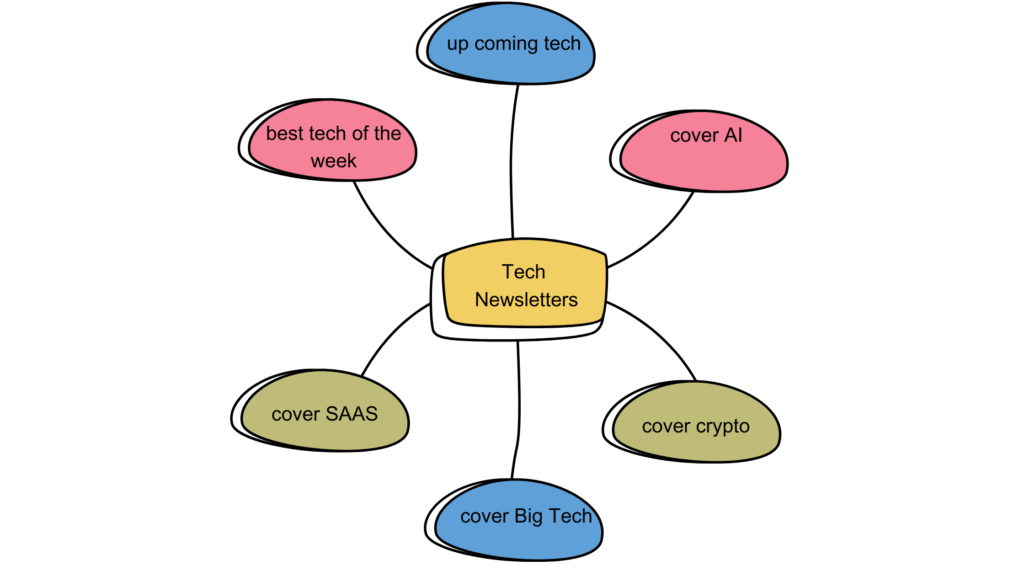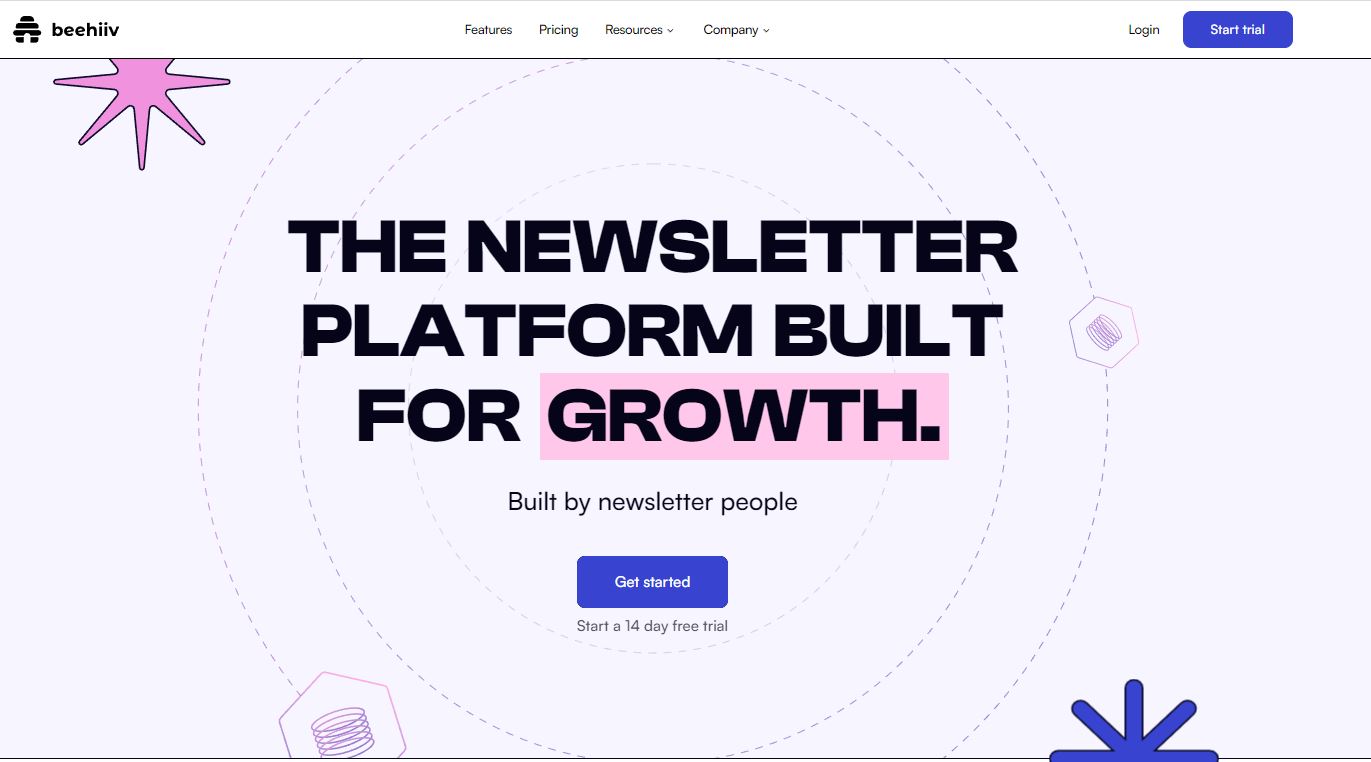Coming up with ideas for a newsletter can be a daunting task, especially when you are trying to keep your audience engaged and interested. As someone who has been creating newsletters for a while, I have found that brainstorming is the key to coming up with fresh and exciting content. It’s important to keep in mind that your newsletter should provide value to your readers, whether it’s informative, entertaining, or both.
One strategy that has worked well for me is to keep a running list of potential topics. Whenever I come across an interesting article, statistic, or idea, I jot it down in a notebook or on my phone. This way, when it’s time to create my newsletter, I have a wealth of ideas to choose from. Another approach is to survey your audience and ask them what they would like to see in your newsletter. This not only helps generate ideas but also shows your readers that you care about their opinions and are committed to providing them with relevant content.
Understanding Your Audience
As I create my newsletter, one of the most important things to keep in mind is my audience. Understanding my audience is crucial in creating content that resonates with them. Here are two ways to gain a better understanding of my audience:
Identifying Audience Interests
To create content that my audience finds interesting, I need to know what they are interested in. I can do this by reviewing any current data and analytics I have about my audience. This includes all relevant analyses I have conducted about my subscribers since I started my newsletter.
I can also conduct surveys or polls to gather more information about my audience’s interests. This will help me tailor my content to their preferences and keep them engaged.
Analyzing Audience Needs
Another way to understand my audience is to analyze their needs. I should ask myself, what are the problems or challenges that my audience is facing? What information or solutions can I provide to help them overcome these challenges?
I can analyze my audience’s needs by reviewing feedback and comments from previous newsletters. I can also conduct interviews or focus groups to gain more insights into their needs.
By identifying my audience’s interests and analyzing their needs, I can create content that is relevant, engaging, and valuable to them. This will help me build a stronger relationship with my subscribers and keep them coming back for more.
Brainstorming Content Ideas
Coming up with fresh and engaging content ideas for your newsletter can be challenging. However, with the right tools and techniques, you can generate a wealth of ideas in no time. In this section, I will share two effective ways to brainstorm content ideas for your newsletter.
Using Mind Maps
One of the best ways to brainstorm content ideas is by using a mind map. A mind map is a visual tool that helps you organize your thoughts and ideas. To create a mind map, start with a central idea or theme and then branch out into related topics.
Here’s how to create a mind map for your newsletter:
Once you have your mind map, you can use it as a reference when planning your newsletter content. You can also add to it over time as you come up with new ideas.
Analyzing Industry Trends
As a newsletter writer, it’s essential to analyze industry trends to keep your readers informed and engaged. Here are two ways to stay on top of industry trends:
Keeping Up with News
One way to stay up-to-date on industry trends is to read news articles and publications related to your industry. You can set up Google alerts to receive notifications when new articles are published about your industry or specific keywords related to your newsletter’s topic. By keeping up with the latest news, you can be sure to provide your readers with the most relevant and current information.
Observing Competitor Newsletters
Another way to analyze industry trends is to observe your competitors’ newsletters. By subscribing to their newsletters, you can get an idea of what topics they are covering and how they are presenting the information. It’s essential to note that you should not copy your competitors’ content, but rather use it as inspiration to create unique and informative content for your readers.
We have a growing list of newsletters that are considered the “best” in each industry. You can sign up for any of them to get ideas.
Repurposing Existing Content
Repurposing existing content is an excellent way to come up with ideas for your newsletter. Here are two ways to do it:
Turning Blog Posts into Newsletters
One way to repurpose content is to turn your blog posts into newsletters. You can take a blog post and condense it into a shorter version that is more suitable for a newsletter. You can also take several blog posts on a similar topic and combine them into one newsletter.
When repurposing blog posts, it’s essential to make sure the content is still relevant and up-to-date. You may need to update information or add new examples to make the content fresh and engaging.
Transforming Webinars into Newsletter Content
Another way to repurpose content is to transform your webinars into newsletter content. You can take the key points from a webinar and turn them into a series of articles or a single newsletter. You can also use the webinar recording as the basis for a newsletter, summarizing the key points and providing links to the full recording.
When repurposing webinars, it’s important to make sure the content is still valuable and informative. You may need to edit the content to make it more concise and easier to read.
Repurposing existing content is an effective way to come up with ideas for your newsletter. It allows you to take content that you have already created and present it in a new and engaging way. By turning blog posts into newsletters and transforming webinars into newsletter content, you can save time and effort while still providing your subscribers with valuable information.
Inviting Guest Contributors
One effective way to keep your newsletter fresh and engaging is by inviting guest contributors to share their thoughts and expertise on topics related to your niche. Here are some tips on how to do it:
- Identify potential contributors: Look for people who are experts in your field or have unique perspectives that your readers might find interesting. You can reach out to them via email or social media and ask if they would be interested in contributing to your newsletter.
- Provide guidelines: To ensure that the content your guest contributors provide is aligned with your newsletter’s tone and style, provide them with clear guidelines. This can include topics to write about, word count, formatting, and any other relevant details.
- Offer incentives: To encourage people to contribute to your newsletter, you can offer incentives such as exposure to your audience, a link back to their website or social media profiles, or even compensation.
- Preview and edit: Once you receive the content from your guest contributors, make sure to review it carefully and edit it if necessary. This will help ensure that the content is high-quality and aligned with your newsletter’s standards.
- Acknowledge and thank: Finally, make sure to acknowledge and thank your guest contributors for their contributions. This can include giving them a byline, featuring them on your website or social media, or simply sending a personal thank-you note. This will help build relationships with your contributors and encourage them to contribute again in the future.
Overall, inviting guest contributors can be a great way to add variety and fresh perspectives to your newsletter. By following these tips, you can ensure that the content your guest contributors provide is high-quality and aligned with your newsletter’s goals and standards.
Reviewing and Refining Content Ideas
Coming up with content ideas for your newsletter is only half the battle. Once you have a list of potential topics, it’s important to review and refine them to ensure they will resonate with your audience. Here are two ways to do that:
Evaluating Newsletter Performance
One way to refine your content ideas is to look at the performance of your past newsletters. Analyzing your newsletter metrics can help you identify which topics and types of content are resonating with your audience. Some metrics to consider include:
- Open rates: How many people are opening your newsletter?
- Click-through rates: How many people are clicking on links within your newsletter?
- Conversion rates: How many people are taking action based on your newsletter (e.g., making a purchase, signing up for a webinar)?
By analyzing these metrics, you can identify which topics and types of content are resonating with your audience and adjust your content strategy accordingly. We did a full study of the best rates for every industry in our newsletter deep dive article. If you are interested in what your industry standard is.
Seeking Audience Feedback
Another way to refine your content ideas is to seek feedback directly from your audience. You can do this in a few ways:
- Surveys: Send out a survey to your newsletter subscribers asking for feedback on potential topics or types of content.
- Social media: Ask your social media followers what they would like to see in your newsletter.
- Comments: Encourage readers to leave comments on your blog or social media posts with suggestions for future newsletters.
By soliciting feedback from your audience, you can ensure that your content is tailored to their interests and needs.
In conclusion, reviewing and refining your content ideas is an important step in creating a successful newsletter. By evaluating your newsletter performance and seeking audience feedback, you can ensure that your content is engaging and relevant to your subscribers.
Related Articles:

Leave a Reply